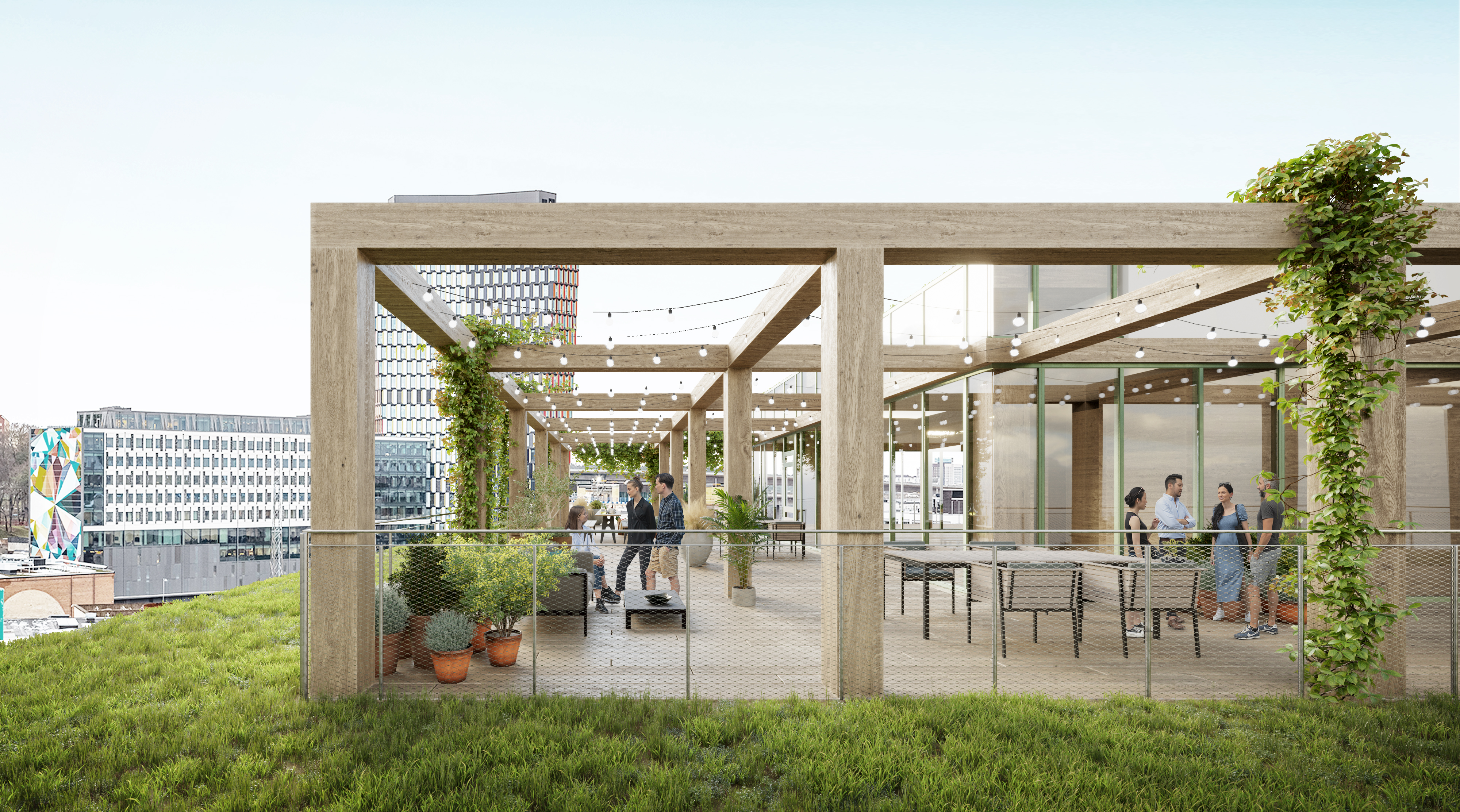Each year, thousands of tonnes of fully functional building materials from offices are discarded. Fabege is now taking part in a research project that aims to increase the repurposing of materials that are in very good condition.
Researchers at IVL Swedish Environmental Research Institute are investigating how to ensure that building products for fixed office interiors are repurposed to a greater extent. The project is to result in a plan for dealing with quality products on an industrial scale, including glass partitions and lighting. It is hoped that new approaches and systems can be devised – for IT support, for example.
The project runs for two years and will be completed in 2018. Fabege is participating along with around 10 other actors – including property companies, architecture firms and academia-based industrial technology company Chalmers Industriteknik.
“We’ve joined this project because we think it’s both financially and environmentally sustainable to repurpose quality materials such as ceilings and lighting. The idea of trying to counteract the throw-away society, particularly when the customer often can’t tell whether a ceiling tile has previously been in a different building or is completely new, is an attractive one for us. We can see the potential for major environmental benefits in this area,” says Mats Lundman, project manager at Fabege.



